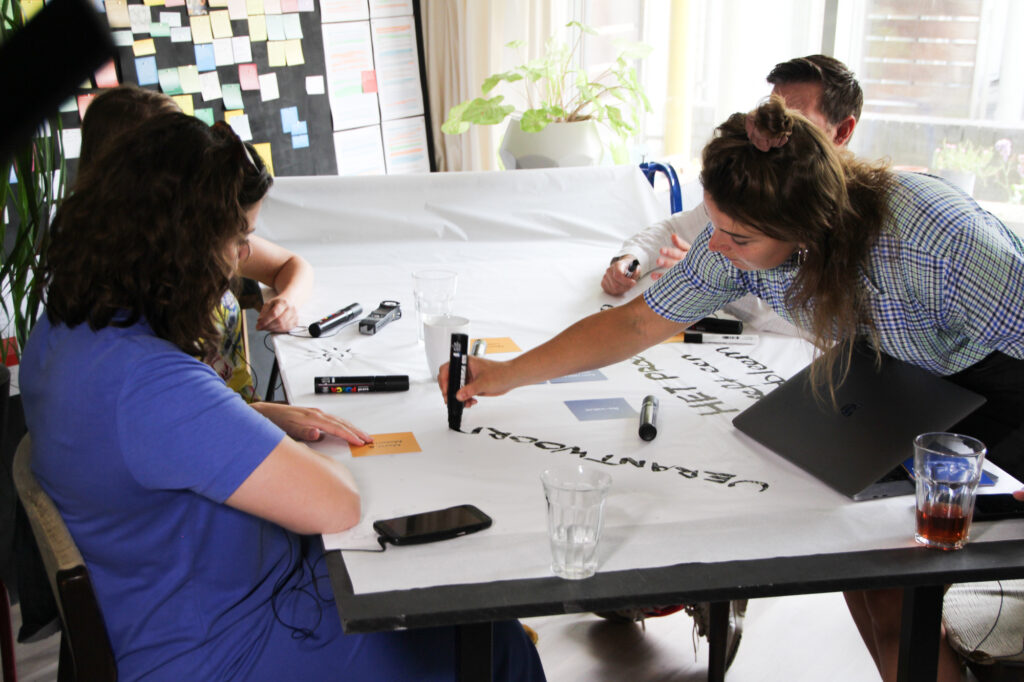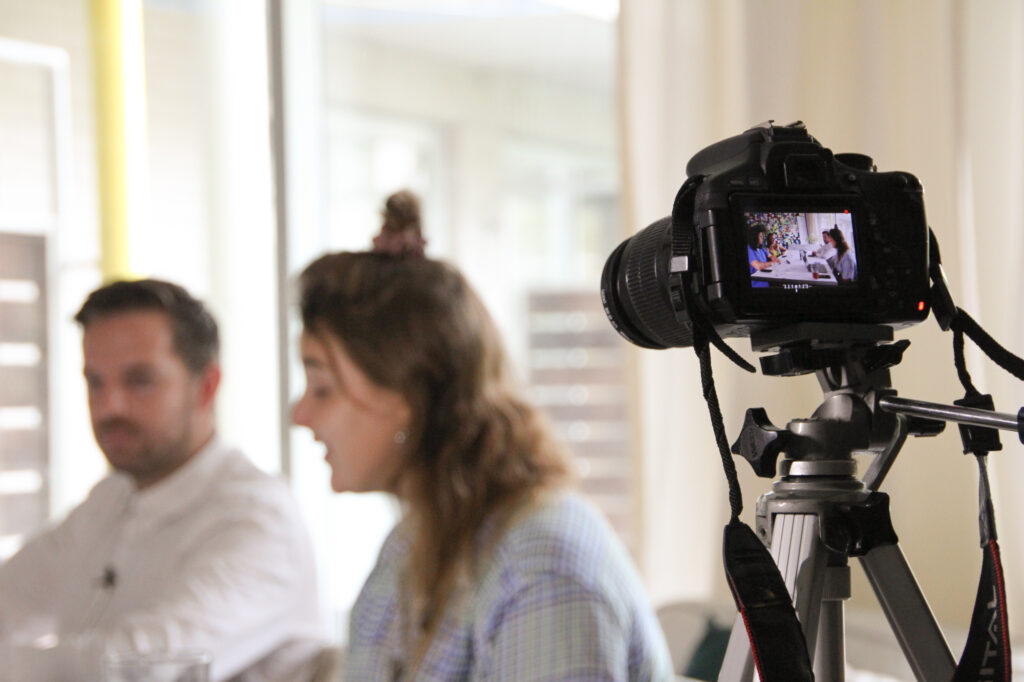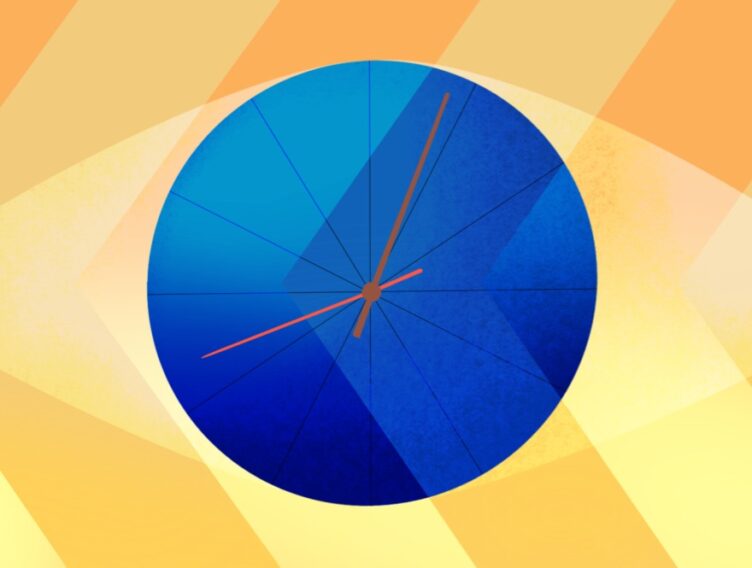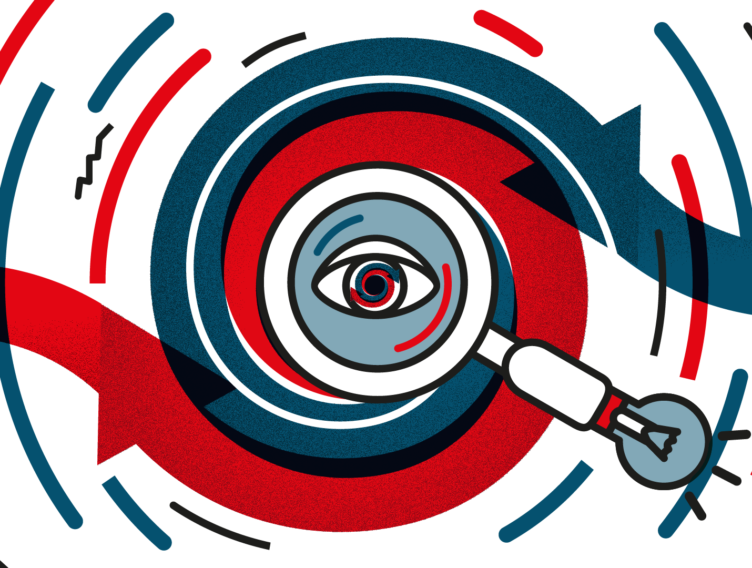• Reconnect, Image by Renée van den Kerkhof
Do we dare to connect with value from different perspectives?
Everything has to be nicer, bigger, better and more beautiful. Until a few months ago, this is the dogma that seemed to be the standard. Until a pandemic highlighted the vulnerability of the globalizing system and showed the dependence on products which we ship back and forth across the globe. Showing off with travelling exotic destinations turned into being stuck on an island with no supplies or return flights. What will the new ‘normal’' hold?
In the third studio session, Julia Janssen (artist, designer and researcher) converses with circular plastic designer Jessica den Hartog, RE engineer Jeffrey Heiligers and Rose Groot, who connects design and wine with We & Wijn.
Julia starts off: “Within these conversations, we explore new connections and how to reconnect. When preparing for this studio session, it struck me that all three participants, from their own fascination, seek to connect with something that they believe is alienated: local products and entrepreneurs (Rose Groot), the production chain (Jeffrey Heiligers) and the function or origin of the material (Jessica den Hartog).” This turned out to be the starting point, from which larger, underlying themes arose: sustainability and the human ego.
According to Rose, “The modern man is alienated from their own environment. We stopped looking around us. We seek our answers too far away, which is why we do not appreciate, or even notice, the special or extraordinary things that surround us”. “Most people forget that our raw materials come from somewhere, are shipped to a place for production, are taken to a distribution point and a store, before they end in our storage. This entire process can be done more compactly: production can take place more locally, which limits shipping time. If so, this allows us to fully utilize the beauty of all that is available around us. At the same time, it would be less harmful to the environment.”
Jeffrey’s approach is to involve people in the production process as a form of education. “If you don’t know how something is made, you don’t know how to fix it. Resulting in a high chance of discarding the product. ” In the past, things were made to last, nowadays they are created to function temporarily. Fittingly, Jeffrey asks: “What happens to these products when someone no longer wants or needs it?” Would the same question be asked when making a garment, lamp or plastic container? This question provides the chance to evaluate the use of raw materials and resources. The short life of modern products makes it easy for people to keep up with trends. To achieve that temporality, we use non-temporary materials. For example, Jessica explores the lifetime of plastic. “Plastic is designed to last. Nevertheless, a Tupperware container is labelled as disposable material, while it can endure an eternity and should be labelled as durable in use. The misconception lays in the fact that we see one perspective, and ignore what else is possible.
“We are bombarded by large corporations with terms such as circular and sustainable, “ Jeffrey says. “A sustainability sauce.” But where lies the responsibility? Sustainability should not be a sales argument, but a standard. “For five years, I have been researching a completely different theme: data-ownership and privacy. I see a lot of overlap between the ‘sustainability discussion’ and ‘privacy issues’”, Julia says. Because it both builds on the premise that you are responsible for your actions. Whether that involves recycling your plastic waste or using a service that is not too strict with privacy legislation. The government shifts much of the responsibility to the commercial market, but the market redirects the problem to the consumers. “The issues we discuss envelop larger themes. We try to keep the conversation small but are actually talking about larger underlying themes. It is clear we have big ambitions but start small with discussing what drives us”, says Julia. “For me, it is not a goal to be sustainable. But sustainability simply has to be a means by which you arrive at a product,” Rose says. Jessica agrees: “I don’t want to choose a material because it is recycled. The fact that the material is recycled should be the new normal.”
The new normal? Another one-liner that is often mentioned. What is the new ‘normal’? And what is the old normal? Not only did COVID-19 make us ask this question. We are at a crossroads on all kinds of big themes, where we have to make big decisions about which way to continue: fewer aeroplane flights and more trains? Less meat and more plant-based food? Less mass production? More privacy, but also more technology? More diversity and equality and less sexual harassment? How do we cope with this responsibility? It is a lot to ask to do everything right, and change is always met with resistance. The gap between pro and con sometimes seems to widen and the discussion regularly flares up. As if we lose the connection – with each other and our environment. In the meantime, change also offers room for growth and progress. Let’s focus on that. During this session, a great deal of the discussion covers the value of teamwork and asking for help from experts. The economy is turned upside-down. It is the time to make choices, not just about how we get out of this crisis, but about how we organise our society. “We cannot solve a problem with the mindset that caused it,” a famous quote from Albert Einstein stated.
Ways to reconnect
Julia concludes that an open, interested attitude towards others and the unknown can lead to new connections and reconnecting. “In this session, we learn a lot from each other’s approach and expertise. We recognize similarities in the challenges we face, but also that we cannot do this alone”. “What would happen when a politician and a designer work together?” Jeffrey asks at the last minute. “As it happens, I have experience in working with politicians as I work with different disciplines,” Julia Says. “As a result, I learn how difficult it is to change policy and how many different parties are involved. But at the same time, I notice their need for different perspectives, ambitious and daring ideas.”
Together they conclude that the problems they encounter nowadays are not tied to one answer and cannot be answered from one expertise. “So let’s find the connection, instead of aspiring to be able to do everything ourselves. Admitting insecurity is not a weakness, but a way to move forward. Collaboration is not the goal, but a means to gain new insights. A sharp vision does not only arise from a new idea but is sometimes about (re-)valuing what is already there. The ambition is not to invent ‘sustainability’, but to change the essence of unsustainable things so that it becomes sustainable.”
Originally published by Dutch Design Week Magazine,
Intrigued by this Studio Session?
listen to the full podcast here.








